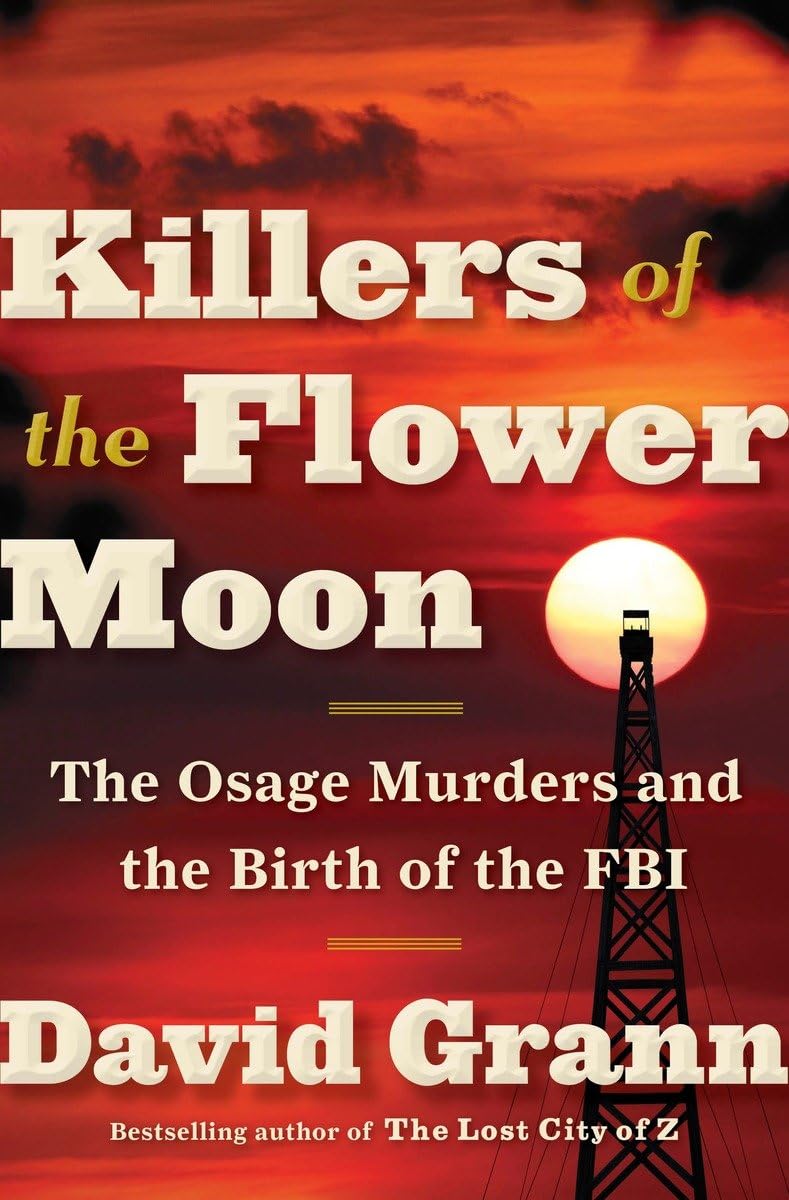15 The Hidden Face
byIn “The Hidden Face,” the chapter follows the investigation of a federal operative disguised as an insurance salesman, a tactic that ultimately unravels the layers of William Hale’s fraudulent schemes. As the operative delves deeper into Fairfax’s tangled web of corruption, a local woman confides shocking details about Hale orchestrating arson on his own land to fraudulently collect a $30,000 insurance payout. This revelation exposes Hale’s pattern of deceit and manipulation, reinforcing the extent to which he was willing to commit crimes for financial gain while maintaining the facade of a respected community leader.
The chapter then shifts its focus to Hale’s involvement in the suspicious death of Henry Roan, an Osage man murdered in 1923 under mysterious circumstances. Investigators uncover that Hale was the sole beneficiary of a $25,000 life insurance policy on Roan, a sum that conveniently matched a fabricated debt Roan supposedly owed to him. The circumstances surrounding Roan’s death and Hale’s financial gain from the policy raise serious doubts about the legitimacy of the claim, as the investigation reveals Hale pressured insurance agents and local doctors to overlook Roan’s medical history and lifestyle risks to secure the policy’s approval.
Hale’s insatiable greed and intricate deception extended beyond mere fraud, as he went to great lengths to fabricate legal documents that would reinforce his financial stake in Roan’s life. Investigators discover forged creditor notes and altered legal paperwork, meant to justify Hale’s entitlement to Roan’s life insurance payout. This revelation is a significant breakthrough in the case, as it not only demonstrates Hale’s willingness to tamper with official records but also suggests a premeditated effort to profit from Roan’s murder.
The investigation also highlights the growing use of forensic document analysis, an emerging field at the time, to scrutinize the validity of Hale’s claims. Experts examine the supposed creditor note Hale presented, revealing clear signs of forgery and document tampering, further implicating him in a wider pattern of financial and legal manipulation. These forensic advancements play a crucial role in dismantling Hale’s carefully constructed alibi, as investigators build an irrefutable case against him, showing that his fraudulent activities were not isolated incidents but part of a deeply entrenched criminal enterprise.
As investigators connect the dots, Hale’s ultimate objective becomes increasingly clear—the systematic theft of Osage headrights through orchestrated murders. His scheme was meticulously designed to funnel Osage oil wealth into his control, primarily by using his nephew, Ernest Burkhart, who was married to Osage woman Mollie Burkhart, as a legal conduit for inheritance claims. This elaborate plot illustrates how Hale manipulated inheritance laws to ensure that, as Osage family members were killed, their wealth was legally redirected to him, showcasing his methodical approach to eliminating obstacles in his quest for power.
The chapter paints a chilling portrait of Hale’s ambition, showing that his methods were not simply opportunistic but deliberate, systematic, and deeply entrenched in financial exploitation and racial violence. His ability to manipulate bankers, insurance agents, doctors, and even law enforcement reveals the sheer scale of corruption that allowed his crimes to go undetected for so long. More disturbingly, his influence extended into the personal lives of his victims, as seen in Mollie and Ernest Burkhart’s marriage, which Hale had orchestrated as part of his master plan to consolidate Osage wealth under his control.
As the chapter concludes, Hale’s crimes are no longer viewed as isolated acts of greed but as part of a calculated, multi-layered conspiracy to exterminate the Osage for financial gain. His cold and calculated efficiency ensured that witnesses were silenced, documents were forged, and victims were chosen strategically to maximize his financial advantage. The devastating impact on the Osage community, particularly Mollie Burkhart’s family, underscores the true human cost of Hale’s ruthless ambition, leaving behind a trail of loss, betrayal, and systemic failure that would take years to unravel.


